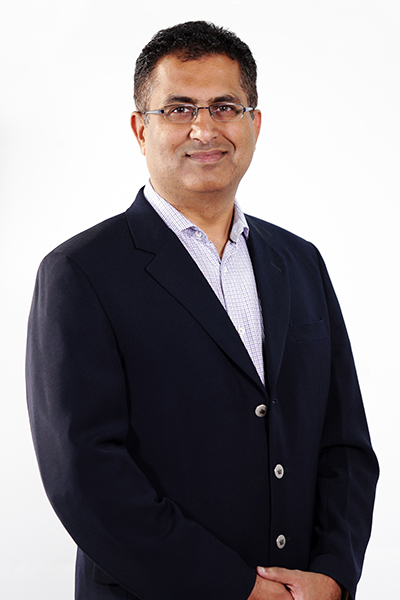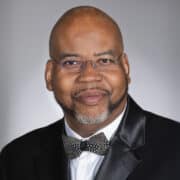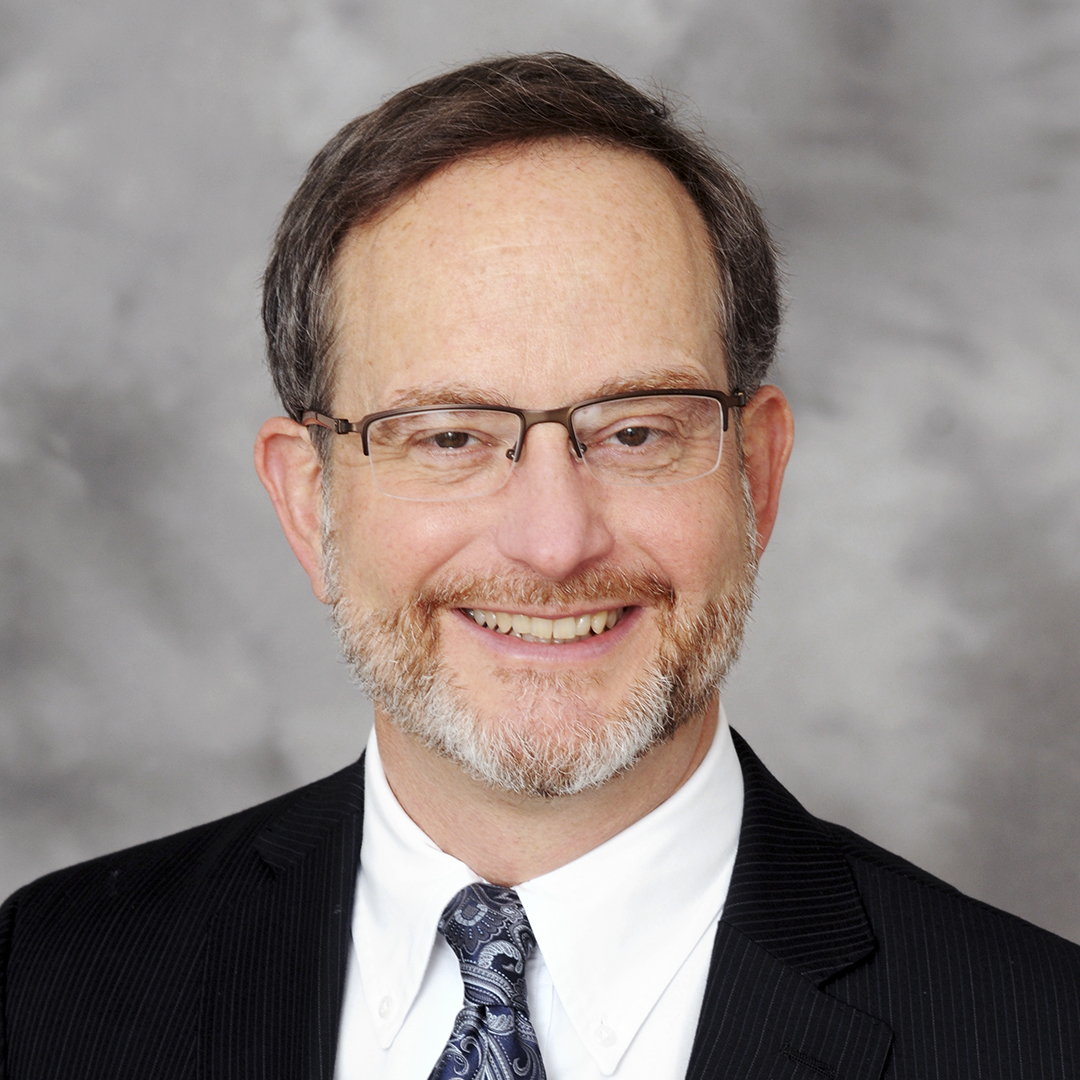Manish Vyas grew up in a tiny town in central India and dreamed of playing cricket. It was what he had, and the country’s intense love for the sport tempted him to risk and glory.
But at the time, those careers were even more risky and meager, so his mentors at school guided him to focus on his studies. Vyas decided he wanted to be a lawyer, but his father, a lawyer himself, did his best to talk him out of it.

“It was the last thing he wanted me to do,” Vyas says with a laugh. “You hear this often from many middle-class Indian people: the only two career options presented to our parents, even today, were engineering or medicine. I opted for engineering, not knowing why, or what I would do.”
Vyas realized his social and leadership skills were a great career resource. He chose to develop those skills and invest in his career by earning an MBA in Bombay. Vyas worked in sales before a representative from Tech Mahindra contacted him.
Tech Mahindra is an information technology provider stretching across ninety countries, employing over 113,000 professionals. It’s part of the global Mahindra Group, a $21 billion empire operating in tractors, utility vehicles, information technology, and vacation ownership. From his office in Plano, Texas, Vyas oversees the telecom and media verticals, about 45 percent of the Tech Mahindra organization.
Nineteen years ago, they asked him to build the business in India. With no IT experience, they relied on his partnerships and sales experience to develop the organization in the country’s smaller towns. Once he had established a record of success, Tech Mahindra sent him to Singapore to plant their flag and grow the business there.
Six years in, the company was set to relocate him again, this time to the United States. Vyas was reluctant; he had never heard of his destination (St. Louis, Missouri), and he had grown attached to the Singapore branch he’d helped establish.
“I had built that from scratch. I felt like it was my baby,” he says. “Initially, I was rather reluctant, but I felt the guidance I was getting was very genuine and very solid, and I would probably benefit both the company and myself if I do this. Eventually, we had a great time.”
Today, his primary project is to develop automation practices for service providers. While network institutions worldwide prepare for 5G, Tech Mahindra contributes by digitizing the entire workflow: customer experience, sales, billing, and beyond. Vyas brings platforms together to solve problems in that space.
In addition, he also develops strategy for media and content delivery networks. He refers to it as “Melco’s,” a portmanteau of media and telecom that reflects the increasing integration between content and the networks that push it.
“I put together the strategy to address the needs of Melco’s companies from a content delivery, content processing, and video engineering standpoint,” he explains. “We service every major provider across the world in every major market, increasing their technical and engineering capabilities.”
Vyas acknowledges that the pace of change has become uniquely challenging in recent years. Technological innovations are more rapid and far-reaching than ever, and he has to keep abreast of the changes in order to responsibly invest for the company’s future.
“Over the past ten years—more than the previous ten—the speed of change has been breakneck,” he says. “That has made life difficult; you never know which are the winners and which will fizzle out when something new becomes available every day.”
Still, this challenge is also what makes the industry so exciting. Tech Mahindra succeeds on this agility: the internal philosophy emphasizes next year’s potential over last year’s results. Vyas has seen how the company has protected its core values, no easy task when growing from 2,000 to 120,000 employees across two decades.
As he sees himself becoming more of a coach and mentor in the business, Vyas reminds himself that despite the technological transformations, the people and the community matter most to this business.
“We are busy building businesses and that is something to remember; but more importantly people will remember that we did it together,” he says. “That’s the most important part.”














